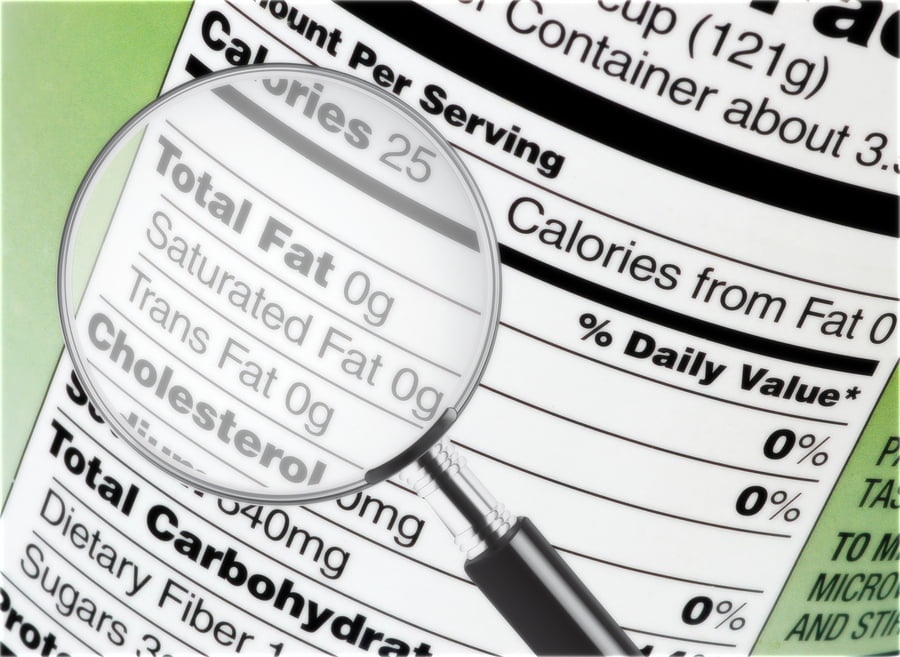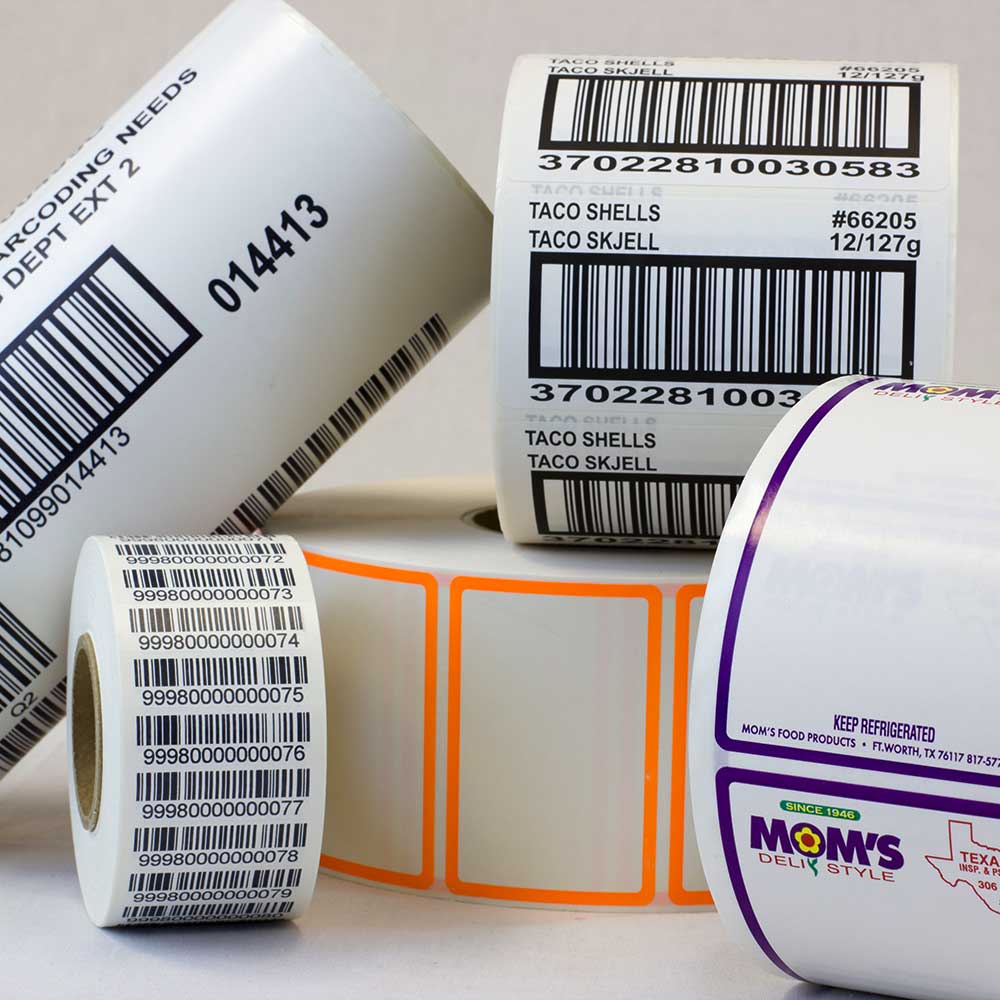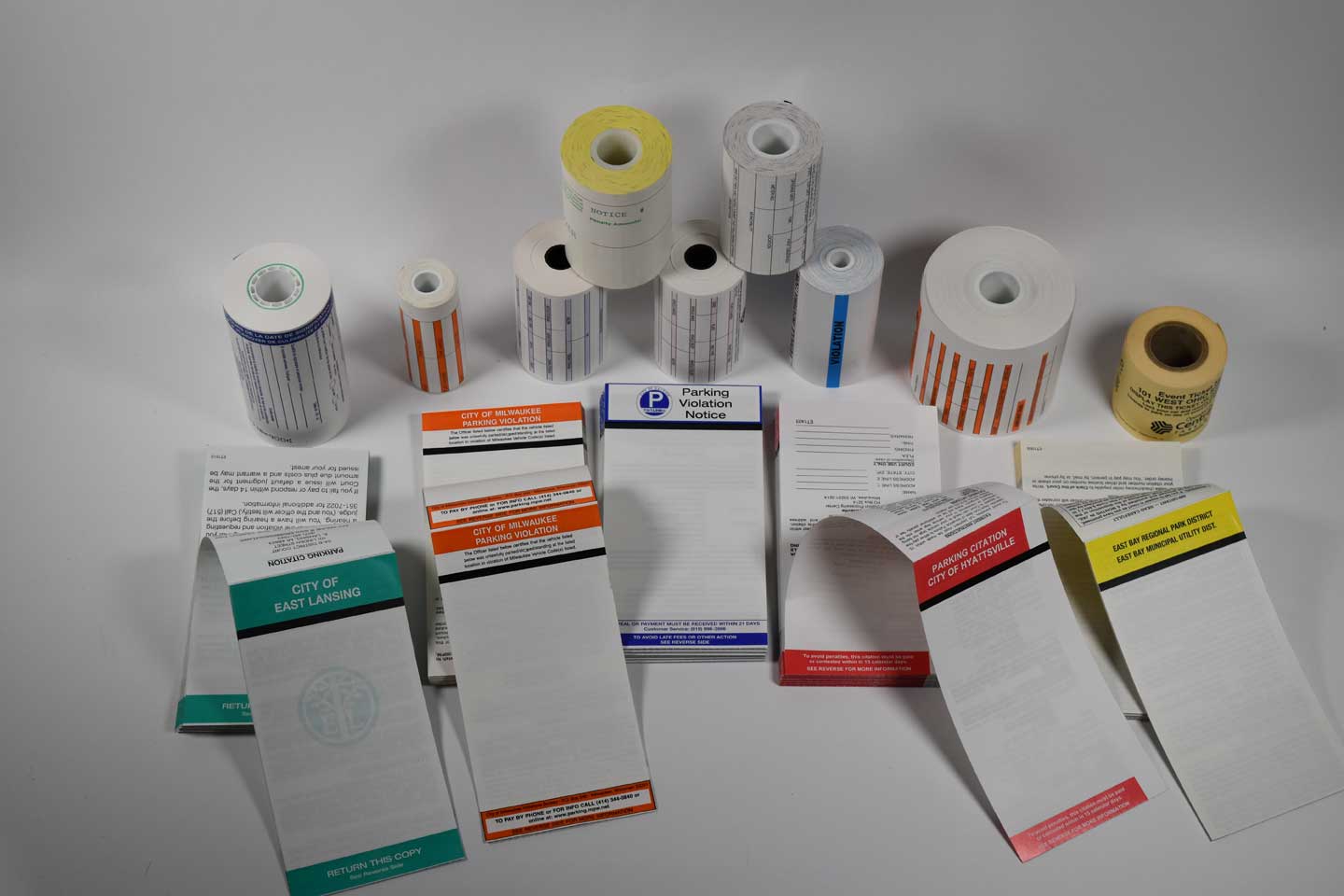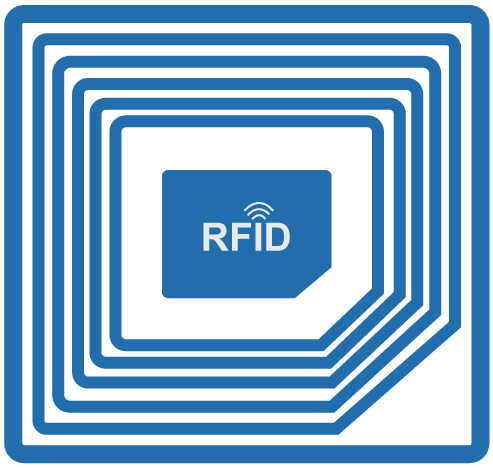Do you still call people with your phone? We all text, take pictures, set reminders, track our steps, play games, and buy things from our phone.
Have you ever used a bar code to buy something from your phone? We are moving more and more toward a cashless society, and bar codes are the next step in getting us there. The Japanese government has set a goal to increase cashless payments to 40 percent by 2025. If that seems high to you consider that digital payments are around 90% in South Korea and roughly 60% in the U.S and 70% in China.
The number of people in the US making in-store mobile payments is expected to reach 150 million by the end of 2020!
WOW!
The most popular type of bar code that many of us are familiar with is the QR Code (quick-response). Originally, QR codes were used as a way to redirect people to a website for information. It is easier to click on a QR code than type the website URL into your browser.
Now, retail stores are adopting this technology for in-store payments. Specifically, using consumer apps that can generate a QR  code, which can then be scanned at checkout to transfer payment information.
code, which can then be scanned at checkout to transfer payment information.
A quick note: QR code is read by a mobile phone camera and a traditional barcode uses a scanner.
Why is this becoming so popular?
Scanning barcodes is one of the fastest, simplest ways to transfer information between devices.
Do you remember when grocery stores had price stickers on every item and the cashier would key in each item separately into the cash register? If you can’t remember that, you can at least appreciate how time consuming it was to:
- put the those little stickers on each item
- hand key in each item
Now we can go through the self-check out quickly and efficiently without a cashier.
Retailers are now more concerned than ever to make your shopping an experience. They know you want it to be easy and fast and they competing with online giants like Amazon. Syncing digital systems and physical environments is a great way to do that.
Bar codes and QR codes simplify transactions and interactions with shoppers. Here’s how it works. Pay attention, because this going to be used more and more in your every day life. If fact, China and Japan used QR codes to process $1.65 trillion in purchases in 2016 alone. That is A LOT of clicks on a smartphone.
Here are 2 ways you can use QR codes to make payment:
Paying retailers
After you are done shopping, you go the check-out and the cashier will enter the amount you owe. You open your QR scanning app and show the cashier your unique QR code. He or she scans the QR code to identify you and the money is deducted from your mobile wallet.
Paying individuals (such as self-employed professionals)
Venmo and PayPal have become popular ways to pay people. However, what happens if you want to give someone money but they don’t use either of those. Or you use Venmo but they use PayPal. Don’t worry, there is another option that does not involve you running to an ATM machine at night. Both you and the person you are paying open your QR scanning payment app. You scan the their unique QR code, add the amount to pay and complete the transaction.
Why Use a QR Code Instead of a Credit or Debit Card?
Just like using Apple Pay, it is an added layer of security. Here are some other reasons:
- You don’t have to carry credit cards or cash
- You don’t need a scanner, just an app on your phone.
- Quick, easy, and convenient
- Almost everyone has a smartphone
The biggest reason is theft protection. Identity theft and cyber threats are all too real. Using ways to protect your personal information is crucial in our ever-evolving digital and global world.
PaladinId helps companies print label, including bar codes adn QR codes. If you need a printing and labeling solution, we can help!















